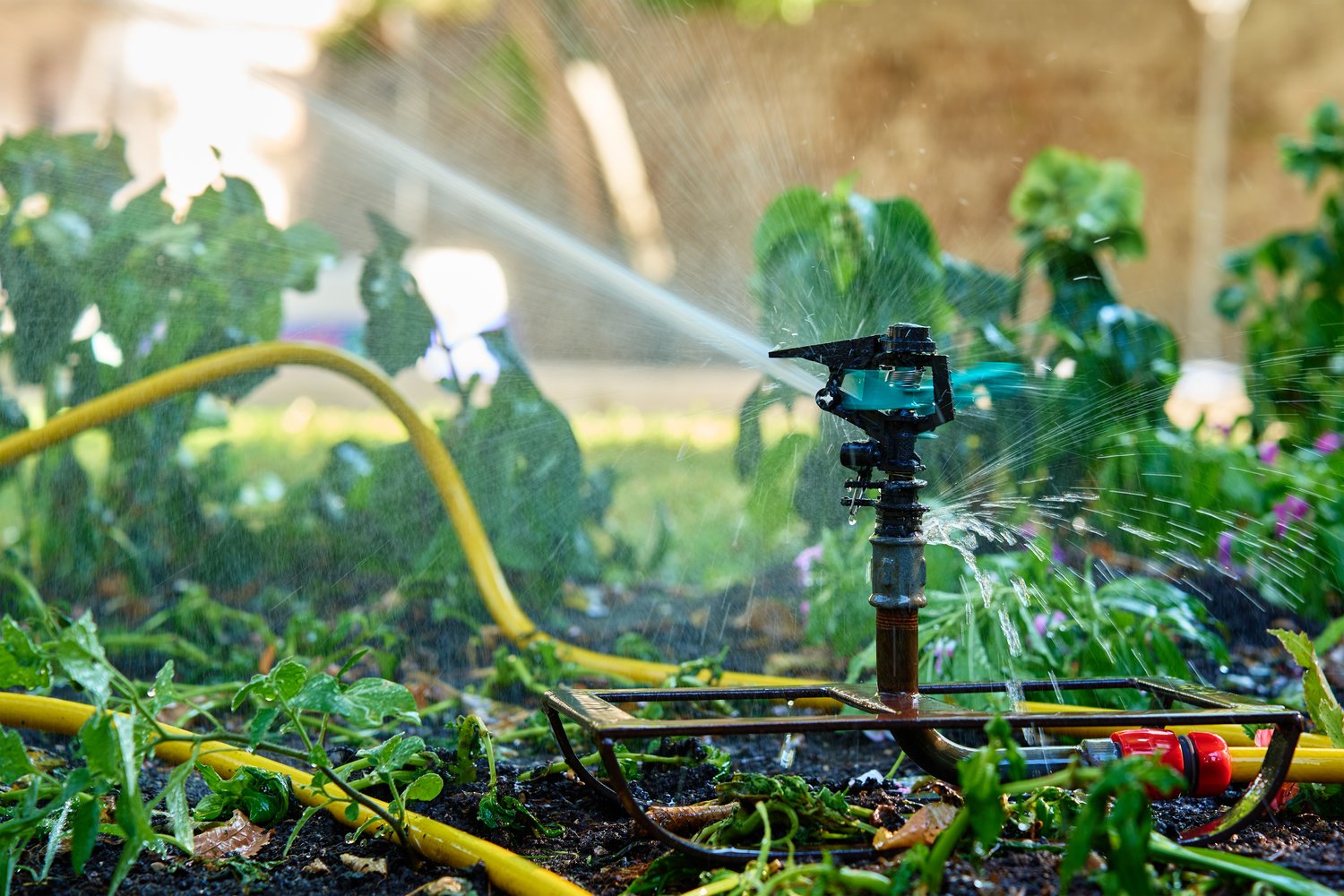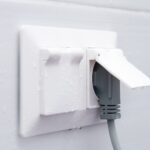Imagine transforming your lawn care routine into an efficient, eco-friendly process that saves both water and effort. Smart sprinkler systems are the game-changing solution for homeowners seeking to optimize their garden maintenance without compromising on water conservation. This innovative approach not only minimizes wastage but also enhances your lawn’s health with precision watering.
- Understand how smart sprinkler systems use sensors and controllers to efficiently manage water use across your lawn.
- Discover the cutting-edge features like weather-adaptive scheduling and water usage analytics that make these systems stand out.
- Follow a clear, step-by-step installation guide to enhance water conservation tailored to your specific lawn needs.
- Learn maintenance practices to ensure your smart sprinkler system operates efficiently over time, preventing leaks and ensuring optimal coverage.
Delve into this comprehensive guide and uncover how upgrading to a smart sprinkler system can revolutionize your lawn care routine, ensuring a lush landscape with sustainable water practices.
Understanding Smart Sprinkler System Installation for Effective Water Conservation
Smart sprinkler systems have revolutionized lawn care by integrating advanced technology to optimize water usage. At the heart of these systems are key components like sensors, controllers, and efficient irrigation heads, each playing a vital role in conserving water.
Sensors are critical as they detect moisture levels in the soil, informing the system of when to water. This prevents overwatering and ensures your lawn receives just the right amount of moisture.
Controllers act as the brain of the system. They process data from the sensors and adjust watering schedules according to weather forecasts, reducing unnecessary water consumption.
The integration of efficient irrigation heads ensures even water distribution, minimizing wastage and providing uniform coverage across your lawn. Together, these components work harmoniously to create an eco-friendly lawn care solution, significantly enhancing water conservation efforts.
Key Features of Automated Lawn Care Systems
Modern automated lawn care systems are more than just sprinkler systems; they incorporate cutting-edge smart technologies to offer a seamless lawn management experience.
Weather-adaptive scheduling is a standout feature, utilizing real-time weather data to adjust watering times and amounts. This ensures that you are not watering during rainstorms or when humidity levels are high, which significantly cuts down on water waste.
Remote access allows users to control their system from anywhere via a smartphone app. Whether you’re at home or away, you can easily adjust settings or check on the system’s status, ensuring optimal performance at all times.
Water usage analytics provide valuable insights into your lawn’s water consumption patterns. By accessing detailed reports, you can make informed decisions to further enhance efficiency and save on water bills.
Together, these smart features not only make lawn maintenance more convenient but also foster sustainable water use, protecting both your lawn and the environment.
Smart Sprinkler System Installation Guide: Step-by-Step Approach to Enhanced Water Conservation
Installing a smart sprinkler system is an excellent way to conserve water while ensuring your lawn receives adequate care. Here’s a detailed guide to help you with the installation process to maximize water efficiency.
Plan Your Layout: Start by assessing your lawn’s dimensions and identify areas requiring varied water schedules. Consider factors like sunlight exposure, soil type, and existing landscape features.
Select Suitable Equipment: Choose a smart sprinkler system that matches your lawn’s size and complexity. Look for features such as weather adaptation, soil moisture sensors, and Wi-Fi connectivity. Investing in quality equipment can significantly enhance efficient water usage.
Installation: Follow the manufacturer’s guidelines for installation. Typically, this involves positioning sprinkler heads at strategic points to cover your lawn adequately without oversaturating any area. Connect sensors and controllers following the provided instructions.
System Testing: Once installed, test the system to ensure each sprinkler operates effectively. Adjust settings for water pressure and coverage. It’s crucial to calibrate the system based on seasonal needs to minimize water wastage.
Optimize According to Lawn Requirements: Customize the system’s schedule using data from weather stations and moisture sensors. This step ensures the system delivers water according to seasonal demands, enhancing your water conservation efforts.
Maintaining Your Automated Lawn Care System for Sustainable Water Use
Maintaining your smart sprinkler system is vital for sustaining its water-saving advantages.
Regular Maintenance: Periodically inspect sprinkler heads and sensors for clogs or damage. Clean them as needed to ensure uninterrupted and efficient operation.
Monitor and Adjust: Keep an eye on the system’s performance through built-in analytic tools provided by your controller. This monitoring helps you detect leaks or inconsistencies in coverage early and resolve issues promptly.
Seasonal Adjustments: Adjust the watering schedule according to seasonal changes. During rainy seasons, reduce the frequency and watch for automatic shut-off features that adapt to weather conditions to prevent overwatering.
Firmware Updates: Ensure your system’s software is up to date. Manufacturers frequently release updates to improve functionality and water-saving performance, which can be easily downloaded and installed.
By implementing these maintenance strategies, you’re ensuring your smart sprinkler system remains an effective tool for conserving water while keeping your lawn healthy.
Frequently Asked Questions About Smart Sprinkler Systems
What are the main components of a smart sprinkler system?
Key components include sensors for detecting soil moisture and weather conditions, controllers for scheduling, and valves to regulate water flow.
How do smart sprinkler systems conserve water?
Smart systems conserve water by using weather data and soil sensors to adjust watering schedules, preventing overwatering.
Can I manage my smart sprinkler system remotely?
Yes, most smart systems offer remote access via smartphone apps, allowing you to control and monitor the system from anywhere.
How often should I maintain my smart sprinkler system?
Regular maintenance should be seasonal, with checks for leaks, clogged nozzles, and sensor functionality.
Is DIY installation possible for smart sprinkler systems?
Yes, many systems are designed for easy DIY installation with step-by-step guides and minimal tools required.





